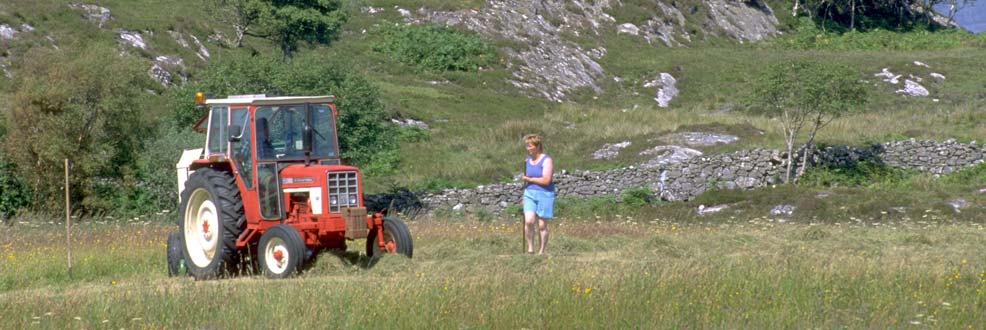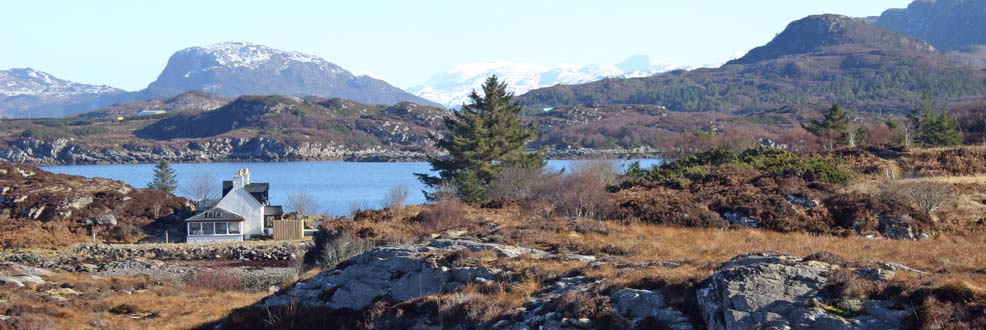Soils
'It is certainly possible to grow plants without soil as long as the water in which their roots live is supplied with the right amounts of the many mineral salts they need. But for all ordinary purposes the soil is the medium in which our crops must grow. If that soil is not in good heart itself, an addition of manures in the form of mineral salts will not result in a good crop.' Frank Fraser Darling, Crofting Agriculture (Edinburgh 1945)
These are the opening lines of Fraser Darling's definitive tome on crofting agriculture. In the first section of chapter 1 he goes on to explain what he means by 'good heart' by discussing the conditions required for essential decomposition.
In further sections of chapter 1, Fraser Darling considers the effect of waterlogging, the ‘correct’ balance of nutrients, soil life, the value of lime and sub-soiling.
A good place to start gaining an understanding of the soils likely to be encountered by crofters is the book produced by Crofting Connections called ‘Soils of the Crofts’. Crofting Connections worked with crofters, teachers and scientists at The James Hutton Institute to produce this book which is focussed firmly on crofting and was originally aimed at students and does contain a lot of technical and practical information. This is the link to the March 2016 revised edition.
An obvious place to go to find out more about soil is the Soil Association. Their ‘Living Soils’ leaflet contains a wealth of information about soil and potential degradation.
Another interesting leaflet is ‘Seven Ways to Save our Soils’, which looks at reversing many of the problems caused to soil by intensive agriculture. While this may not seem relevant to crofters at first glance, there are some topics here which might be useful. For example, maintenance of water quality, reduction in soil erosion, carbon sequestration, designing crop rotations to improve soil health and reducing soil compaction by machinery and livestock.
The Soil Association also host the GREAT(Growing Resilient Efficient and Thriving)soils project, which aims to help growers improve the health of their soils by assessing current methods of soil testing and via a programme of knowledge exchange.
The Environmental and Biochemical Sciences Group at the James Hutton Institute carries out active research into soils in Scotland: ‘Our work on soils covers not only their distribution and classification, but also function, composition and physical properties; in both natural and managed systems. This group is responsible for the National Soils Inventory for Scotland.
The SRUC runs a soil analysis service – instructions on how to take a soil sample can be downloaded here and the Soil Registration (Submission) form can be downloaded here.
Another source of information and a forum for soil scientists is the British Society of Soil Science.











